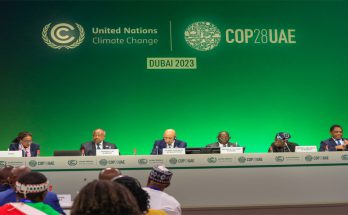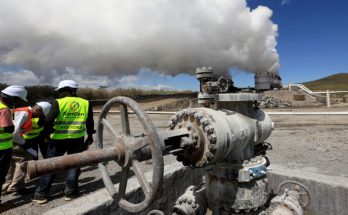 The Government of Rwanda has embarked on the Nyabarongo II hydropower plant public project which will be established on River Nyabarongo in a bid to increase the country’s efforts to ensure universal access to electricity by year 2024.
The Government of Rwanda has embarked on the Nyabarongo II hydropower plant public project which will be established on River Nyabarongo in a bid to increase the country’s efforts to ensure universal access to electricity by year 2024.
Located 27 kilometres from Kigali at the junction between the Southern and the Northern provinces, the groundbreaking for the construction was launched on 21st May 22.
The USD 214 million project will be the 1st phase of Nyabarongo II Multipurpose Development Project which is designed to control flooding on marshland along Nyabarongo and Akagera rivers.
Among its targets, the project shall also generate a total of 134 MW including 43.5 MW of Nyabarongo II Hydropower plant, 40 MW of Butamwa pump storage power plant, 40 MW of Juru pump storage power plant in Bugesera and the 10.5 MW of Lake Sake Outlet Hydropower plant in Ngoma District.
Felix Gakuba, the Managing Director of Energy Development Corporation Limited (EDCL) says the project will be key in helping the country achieve its energy targets.
“We count on the project because it will boost power supply in the country, helping us reach our target of 2024 full coverage of electricity as we shall have scaled up our generation capacity,” he expressed.
According to Dancille Nyirarugerero, the Governor of Northern Province, upon completion, the project will raise the standards of living to the host population.
“Poverty can rarely cohabitate with access to electricity, once regions are provided with enough power, that allows people to create more developmental projects, eases the cost of doing business and improves the standards of living of the population because of increased access to reliable and affordable power,” she explained.
The large scale water conservation and hydropower development project will be undertaken by Chinese construction company, Sinohydro, and it is the largest project currently supported by the Chinese government in Rwanda.
Wang Jiaxin, Charge d’Affaires in the Chinese Embassy of Rwanda, recounts some of the issues that the project will eradicate.
Occupying about 600 hectares of land in Rulindo, Gakenke and Kamonyi districts, the project will take place in 3 phases that will be completed in 56 months (2027).



